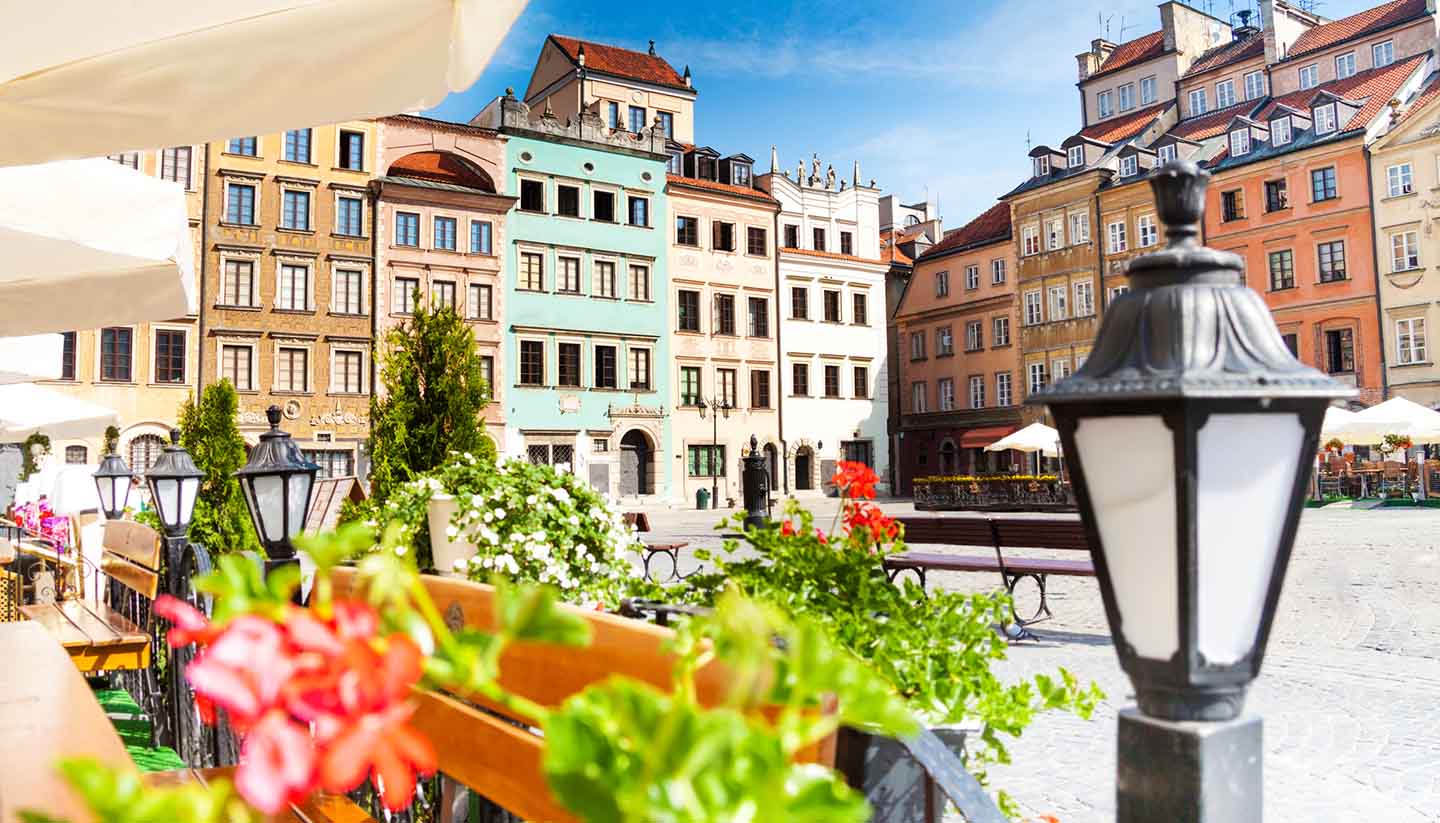Warsaw History
Warsaw started life as a small riverside fishing village called Warszowa, part of the Duchy of Mazovia. When the last duke died without an heir in 1526, the town was incorporated into Poland.
It wasn’t until 1569 that Warsaw became a real powerhouse, mainly thanks to the unification of Poland and Lithuania, and the relocation of the Sejm (lower house of Parliament) to the city. A quarter of a century later, King Zygmunt III Waza moved the capital from Cracow to Warsaw.
Apart from being seized in the mid-17th century by the Swedes, Warsaw continued to prosper at a time when the rest of the Poland was in decline. Through much of the 18th century, a palaces and churches were erected, and cultural and artistic life flourished, particularly under King Stanisław August Poniatowski.
Poland was carved up in 1795 as a result of three partition treaties signed by the kingdoms of Austria, Prussia and Russia. When Napoleon stormed through Poland in 1806, on his way to defeat in Russia, he created the Duchy of Warsaw and the city became a capital once again. But under the terms of the Congress of Vienna in 1815, Poland was made a province of imperial Russia.
At the end of WWI in 1918, Warsaw was reinstated as the capital of newly independent Poland. In 1926, a military regime ousted the civilian administration and governed Poland until the country was dismembered by its powerful neighbours, Germany and the Soviet Union. Commitments by Britain to defend Polish sovereignty were ignored when Germany invaded Poland in September 1939, effectively starting WWII.
Warsaw’s suffering during WWII was immeasurable. Citizens experienced unimaginable privations, while a ghetto was erected for Jews. By the end of the war, 85% of the city was ruined, while most of its population had been killed or fled.
Communist rule followed and they new leaders painstaking recreated the historic centre. Like the rest of the Soviet Union, Poland (and Warsaw) didn’t become independent until 1991, when the city once again became the capital.
Did you know?
• During the Great Northern War, the Royal Castle was occupied by the Swedes who kept their horses in the opera hall.
• The city’s nickname is the ‘Phoenix City’ thanks to its astoundingly rapid recovery following the destruction of WWII.
• Palma il Giovane’s Virgin and Child with St John the Baptist and St Stanisław painting in St John's Archcathedral was confiscated by Napoleon and taken to Paris.


